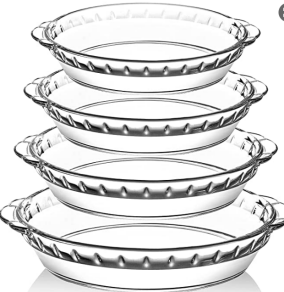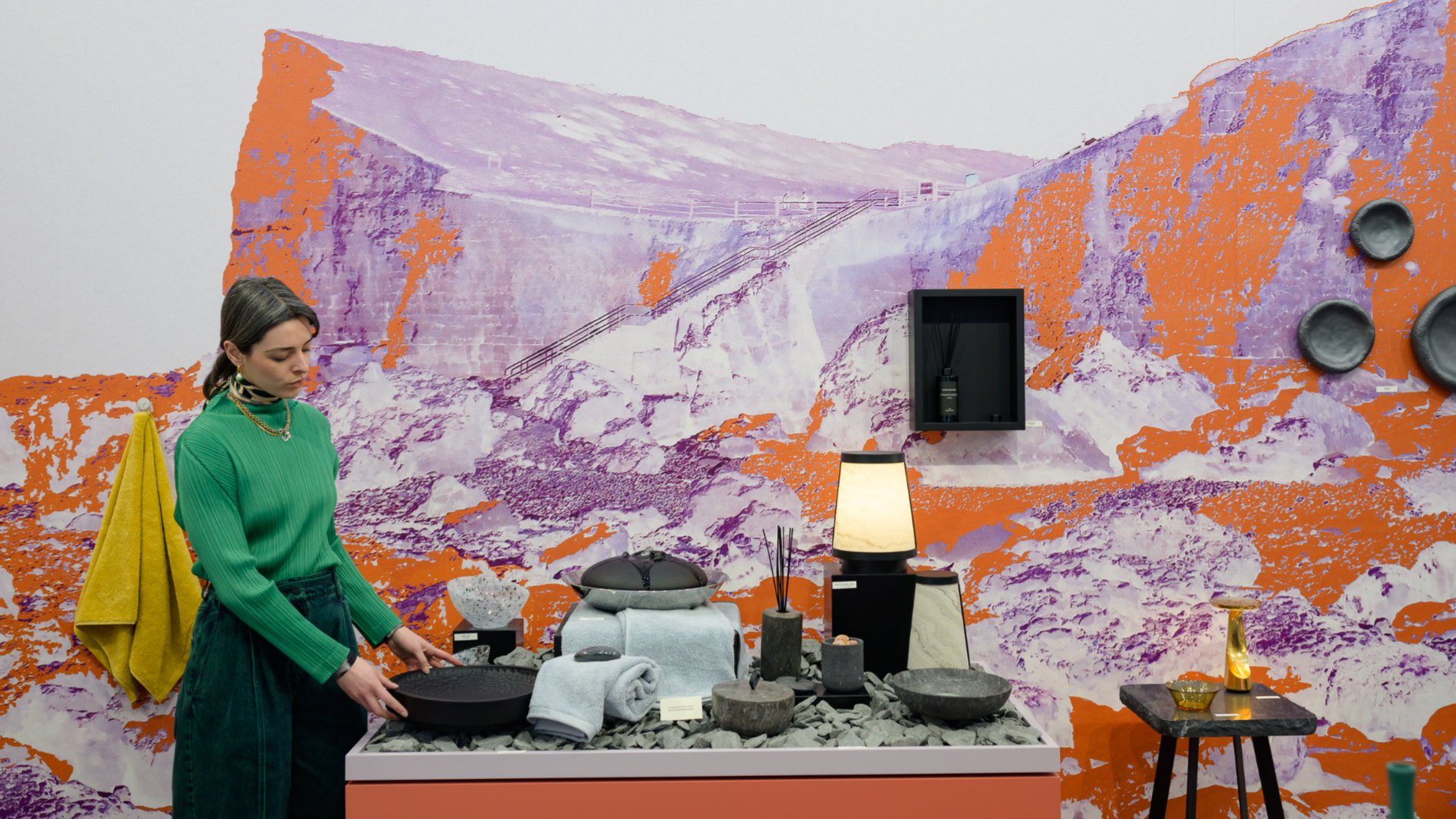Himalayan Animal Salt Lick/ Horse Licking Salt
Description
A mineral lick (also known as salt lick or natural lick salt) is a natural mineral deposit where animals in nutrient-poor ecosystems can obtain essential mineral nutrients. In an ecosystem, salt/mineral licks often occur naturally, providing the sodium, calcium, iron, phosphorus and zincrequired in the springtime for bone, muscle and other growth in deer and other wildlife, such as moose, elephants, tapirs, cattle, woodchucks, domestic sheep, fox squirrels, mountain goats and porcupines. Harsh weather exposes salty mineral deposits that draw animals from miles away for a taste of needed nutrients. It is thought that certain fauna can detect calcium in salt licks.
Himalayan salt licks are mined from deposits over 250 million years old; they are rich in mineralsand trace elements which give the salt licks their distinctive pink color. They are extremely hard, making them very weather resistant and more difficult for the horse to bite chunks off, which is what often happens with the softer, pressed, salt licks.
When salt intake is below that required to meet the animal’s need for sodium and chloride, the animal adjusts by conserving salt. Urine output of sodium and chloride nearly stops. A continuous low salt intake affects the health of animals through a loss of appetite and weight. Feed utilization decreases and it takes more feed per unit of gain or product produced. Animals soon develop a craving for salt. They may consume considerable amounts of dirt, wood, rocks and other materials, if they do not have access to salt blocks. Lactating animals are most susceptible to a salt deficiency because milk contains a considerable amount of sodium and c
Address
Hong Kong Glatek Co., Limited
Unit 2508A, 25/F, Bank of America Tower
12 Harcourt Road
Central
Hong Kong
Telephone+86 136 9541 8866







